Words hold a shared definition that people then use to communicate. They would only be grunts and whistles without any agreed-upon value. The power and purpose in words come from a social contract set by our communities and culture. If enough people start using a word differently, the "contract" changes. Researchers studied how the meanings of words evolve and are adopted by speakers of all different ages.
There is a belief that speaker age determines semantic changes in language. Younger generations give new meaning and usage to words, and older people struggle along trying to figure these new interpretations out. The study findings suggest that's not necessarily true.

One of the core questions in a 2024 study reported by The Proceedings of the National Academy of Sciences, when a word takes on a new meaning is the shift adopted uniformly across all age groups. The previously held view of sociolinguists was that language evolved primarily through generational turnover. The study writes, "Namely, that apparent time differences may be solely the result of age-grading effects, wherein differences between old and young speakers at one point in time are the result of young speakers linguistically innovating but older speakers reverting to conservative usage patterns, meaning no long-term language change is truly in progress."
What the study found out.
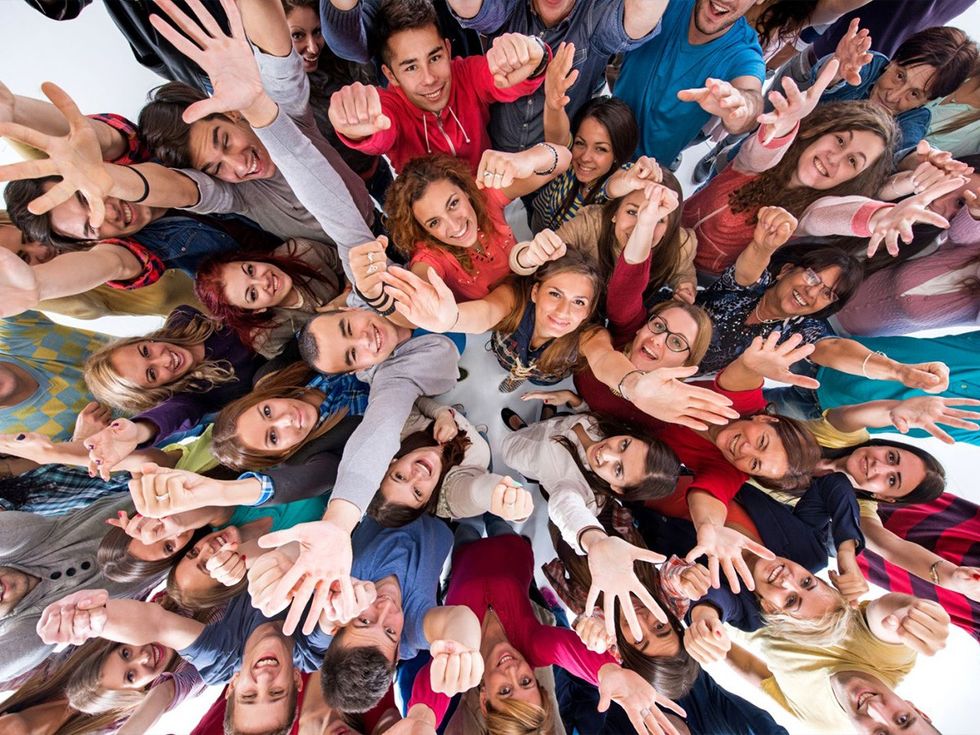
Analyzing over 7.9 million U.S. Congressional speeches delivered over 5 decades, the researchers focused on 100 words that have undergone meaning changes. What they found was that meaning changes were collectively shifted from usage and not generational replacement. As younger people adopted new meanings, older speakers followed quickly. In fact, in some instances, the older person might lead the shift. One of the leading researchers, Gaurav Kamath told PsyPost, "The main result, that older speakers are highly adaptable to new word meanings, was itself a surprise.” Kamath continued, “But the even bigger surprise was that for some of the words we looked at, we even found evidence of older speakers being the ones leading the change.”
Some examples when a word takes on a new meaning:
As language evolves with technology, culture, and social norms, new experiences dictate the necessity for the words to describe and shape them. Words like "selfie" or "podcast" become normal expressions of language. Shifts can follow social changes with words like "woke" or "queer." Language is not fixed. It constantly evolves and innovates to meet the current status quo.
Here are some more examples of new word expressions or modernized meanings:
- Hashtag - once just a symbol for a number or pounds, now it's a topic marker for an online trend
- Streaming - once a word to describe a continuous flow of liquid, now it describes real-time delivery of digital media
- Woke - originally it meant a person was socially aware, currently it has taken on a more political perspective
- Ghost - seen any scary spirits lately, now it's an aggressive means of suddenly cutting off all communication
- Salty - from tasting actual salt, now it also describes being upset and annoyed
- Spam - formerly a canned meat, now it includes unwanted digital messages
- Swipe - used to be just a quick physical motion, now it's liking or disliking someone on a dating app
- Cloud - water vapor in the sky, now it's also online storage and computing
- Viral - once a disease, now something extremely popular on the internet
- Tea - a drink, now gossip or inside information
- Flex - showing muscles, now a brag or showing off
- Karen - a name of a person, now a stereotypical entitled and demanding person
- DM - (Direct Message) a private message on social media
- YOLO - (You Only Live Once) you get this life, so make the most of it
- FOMO - (Fear Of Missing Out) a fear of missing out
- Cap - is a lie
- No Cap - is not a lie
- Selfie - a photo you take of yourself, usually on a phone
- Unfriend - removing a social media contact
Some more recently added vocabulary to our language:
- NPC - (Non-Player Character) a person acting robotic, unoriginal
- Drip - stylish outfit
- Snack - a very attractive person
- Cheese - over the top sillyness
- Sus - suspicious or shady
- Bet - yes or in agreement
"Neuroplasticity," the ability of our brains to adapt and change, continues as we age.

A 2021 study published in the National Library of Medicine studied language performance balanced against brain, gray matter loss from ageing. The premise was that older adults might have a weaker connection in the language areas of their brains. Surprisingly, those connections didn't weaken because new connections were formed. Even people who had lost some brain tissue, their language skills were maintained because the brain was able to reorganize itself.
Another study published in the National Library of Medicine in 2021 focused on older adults' ability to learn new languages. It analyzed 160 people aged 65 to 75 taking a beginner Italian language class. Using brain scans, they found that short-term learning had no effect on the brain, but a larger hippocampal volume, which is linked to memory, meant better retention. Basically, being smarter was more helpful than any age-related differences.
These studies all suggest that biological age has little to do with the evolution and participation in language changes. Generationally, language might be influenced toward new and trending ideas. However, all generations share the change and add it to their vocabulary.





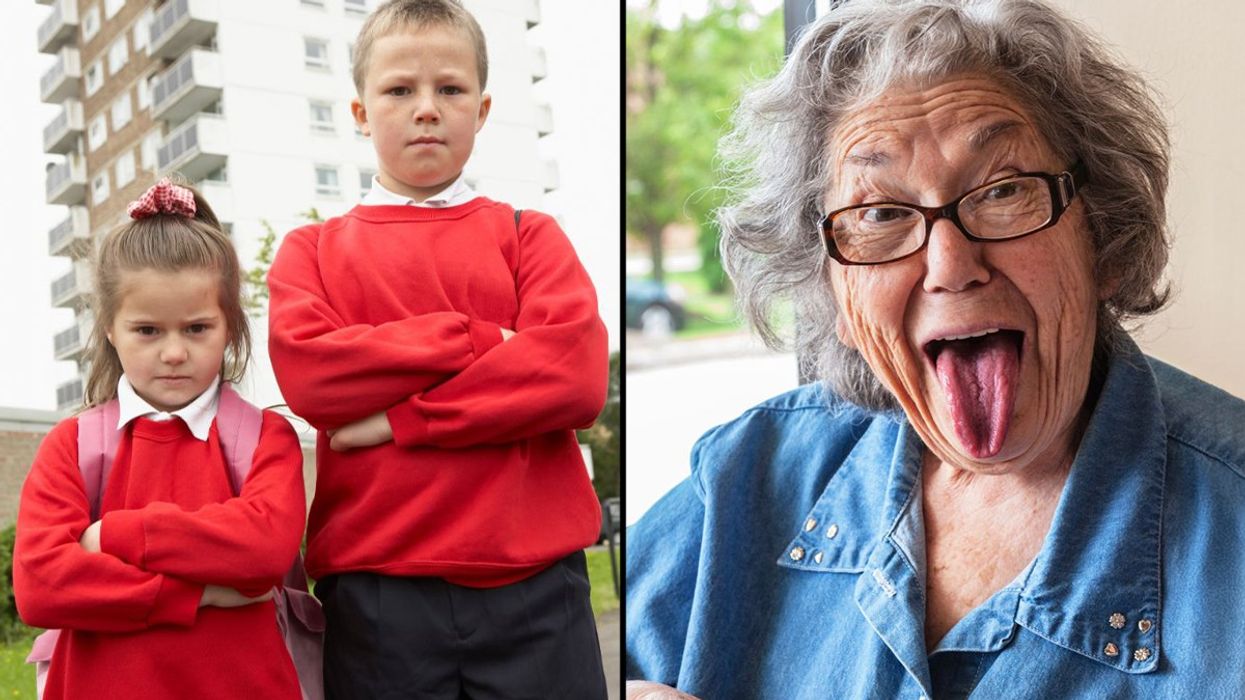


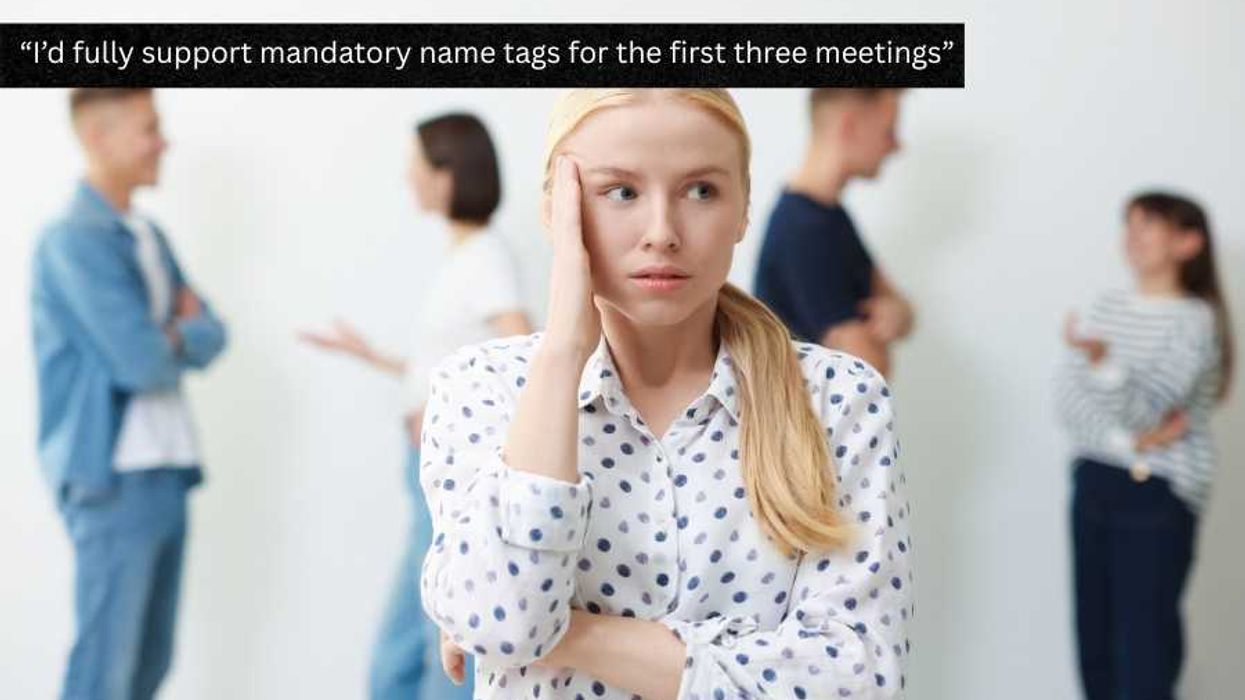





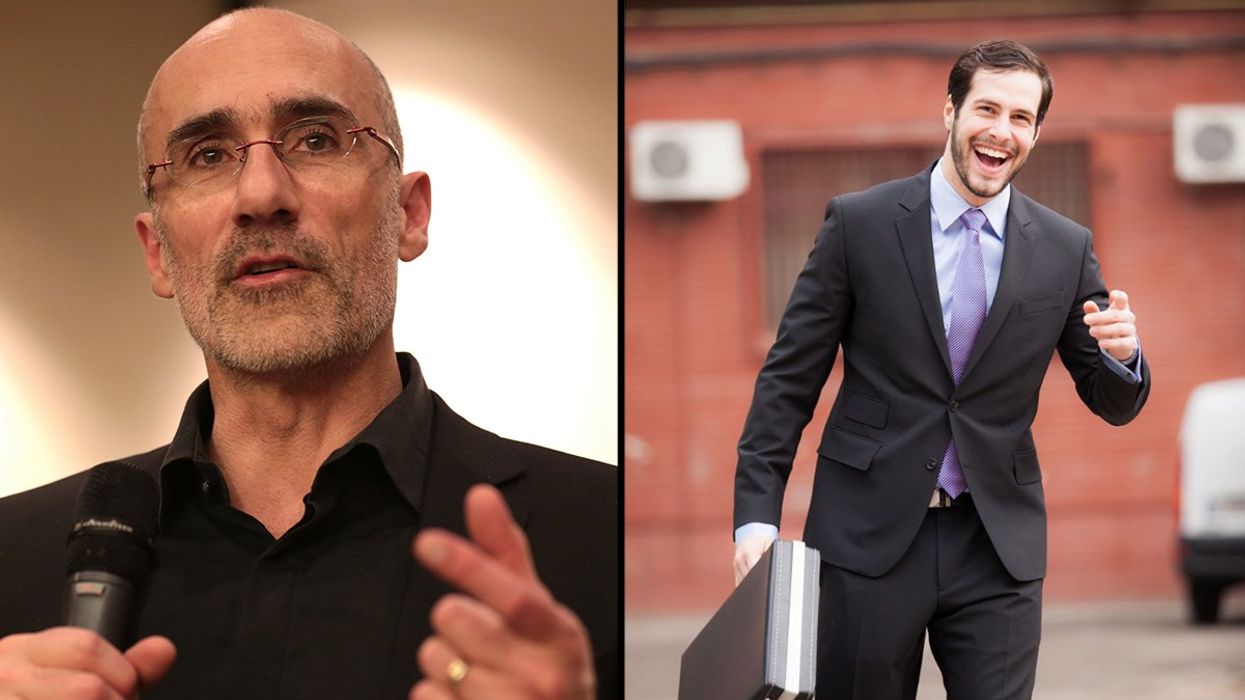



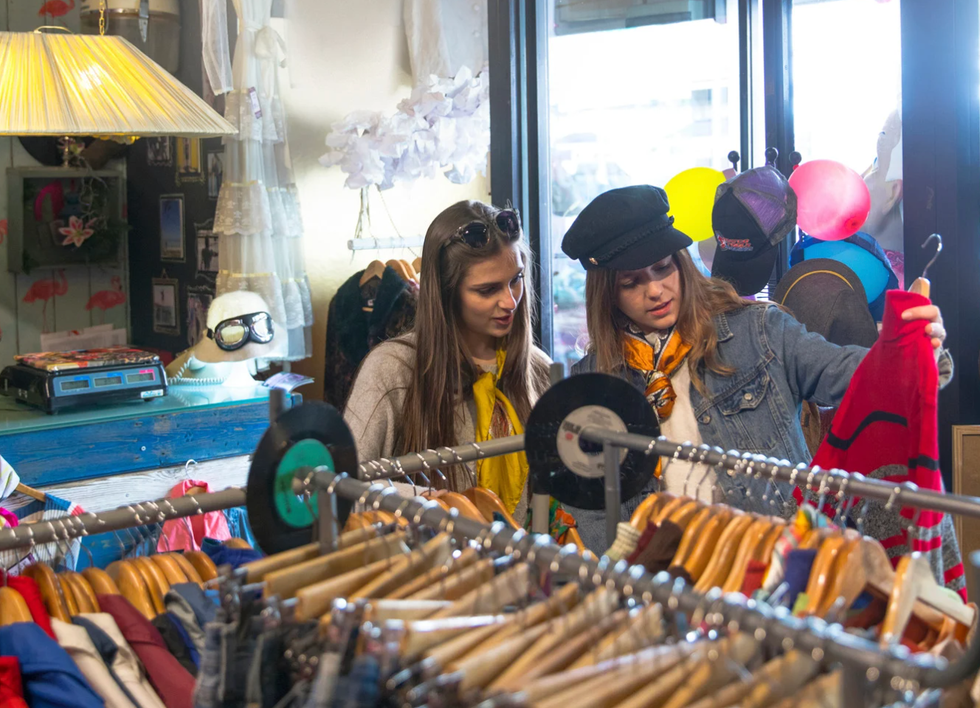 Two women shop at clothing storeCanva
Two women shop at clothing storeCanva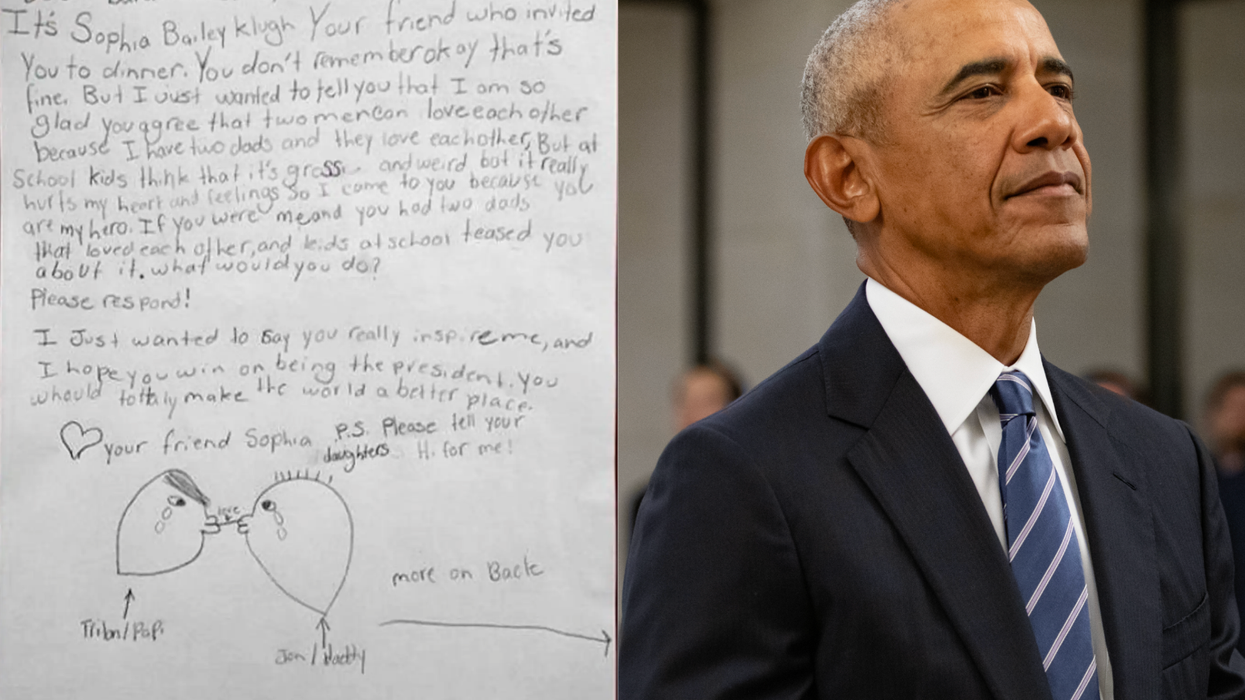
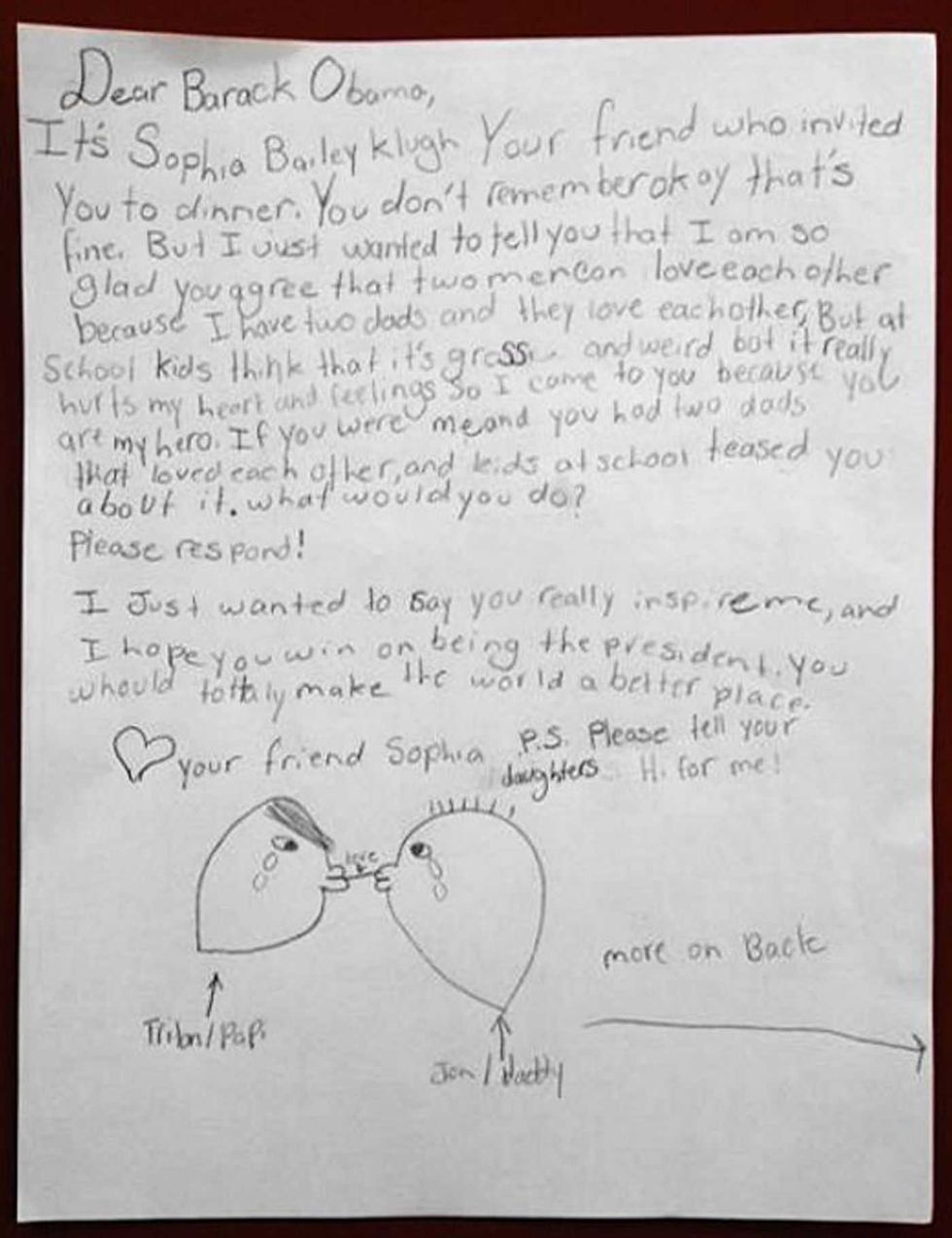 Copy of Sophia's letter to President Obama
Copy of Sophia's letter to President Obama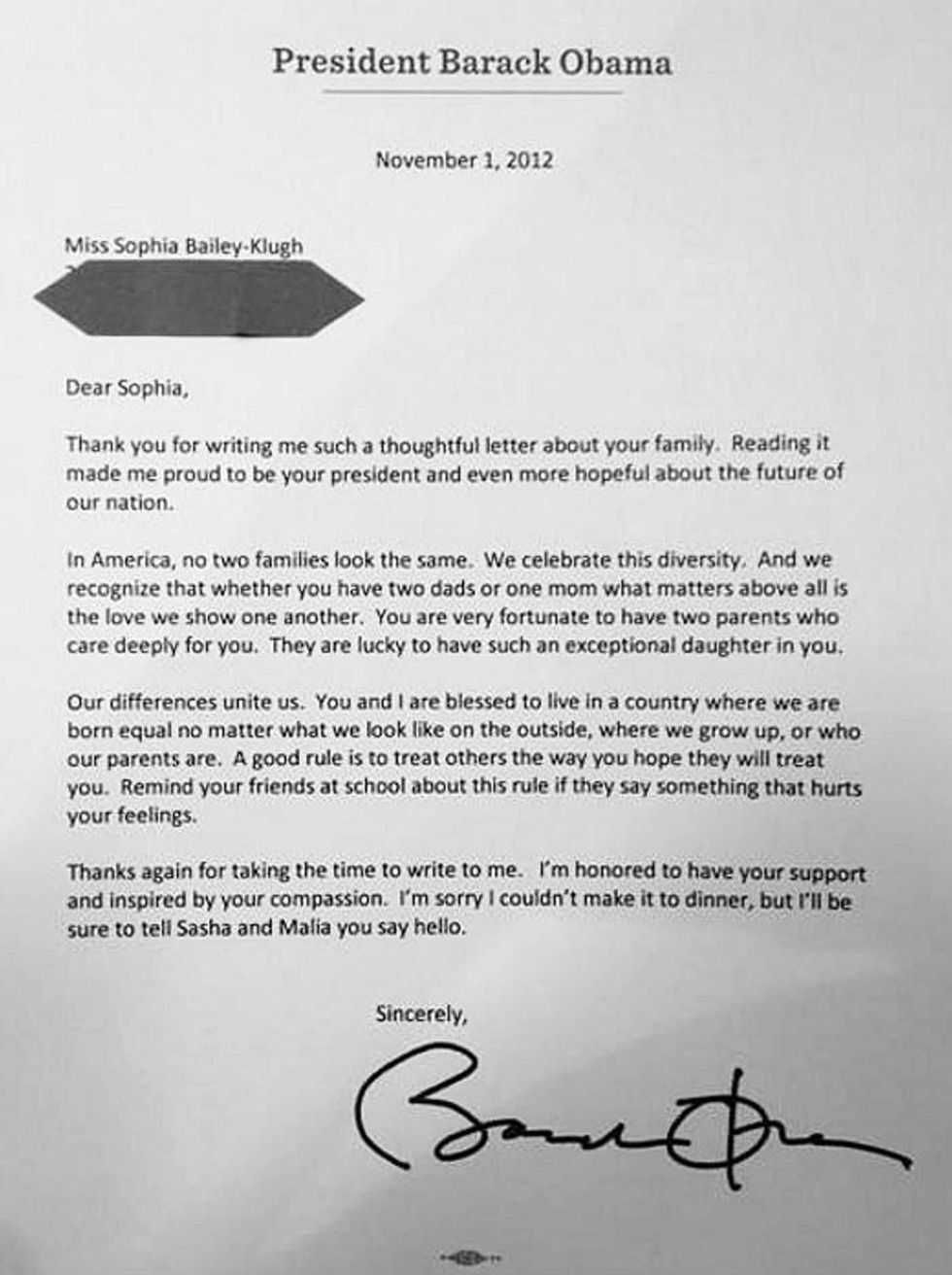 Barack Obama's letter to Sophia
Barack Obama's letter to Sophia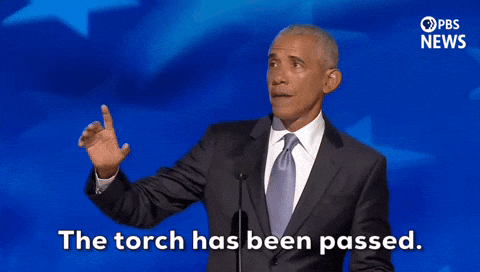 Gif of Obama saying "The torch has been passed" via
Gif of Obama saying "The torch has been passed" via 
 A mom is very angry with her sonCanva
A mom is very angry with her sonCanva Gif of two women high-fiving via
Gif of two women high-fiving via 
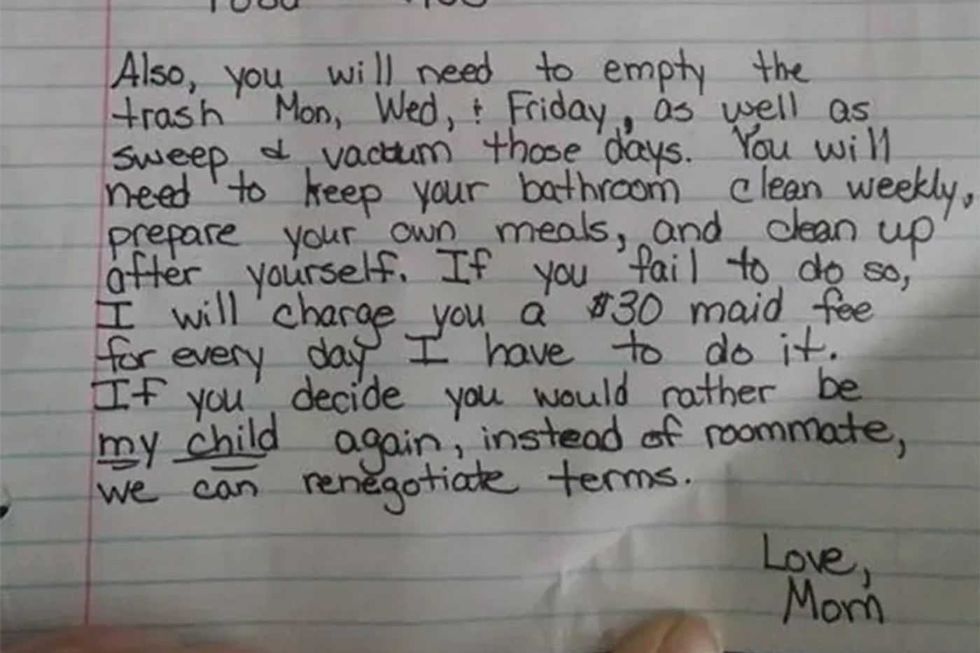 Photo of a handwritten letter from Heidi Johnson's Facebook page
Photo of a handwritten letter from Heidi Johnson's Facebook page Gif of someone repeating "shame" via
Gif of someone repeating "shame" via 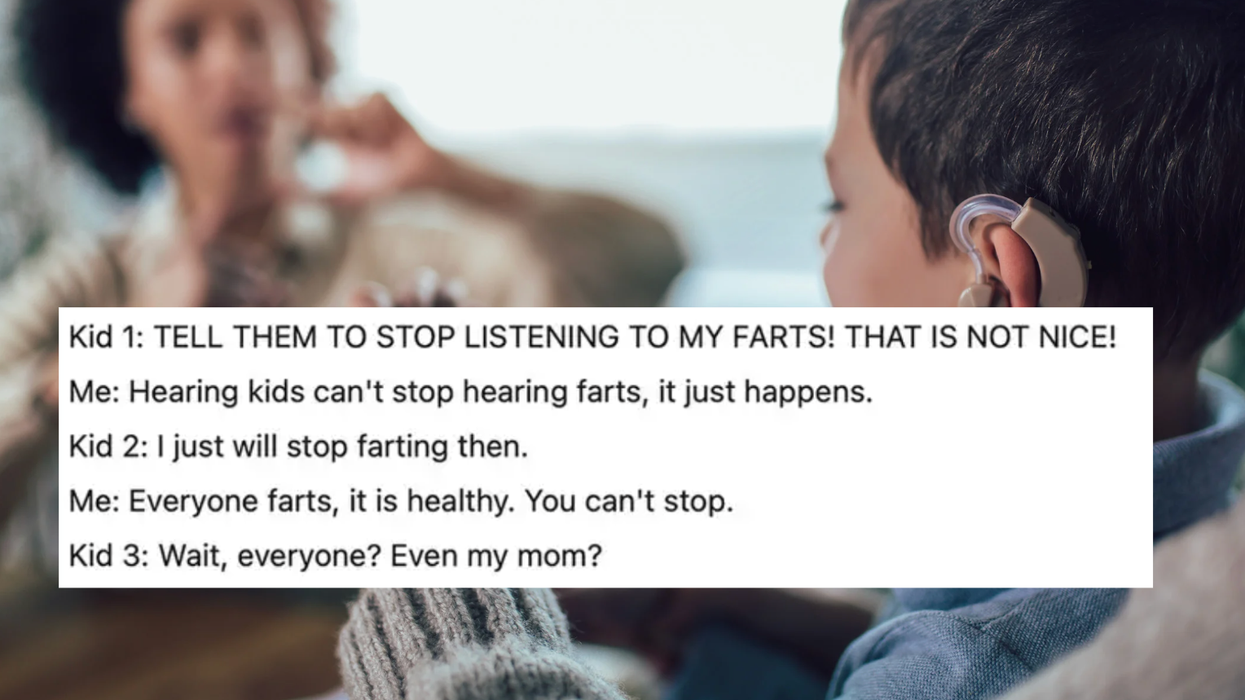
 A young girl learning sign languageCanva
A young girl learning sign languageCanva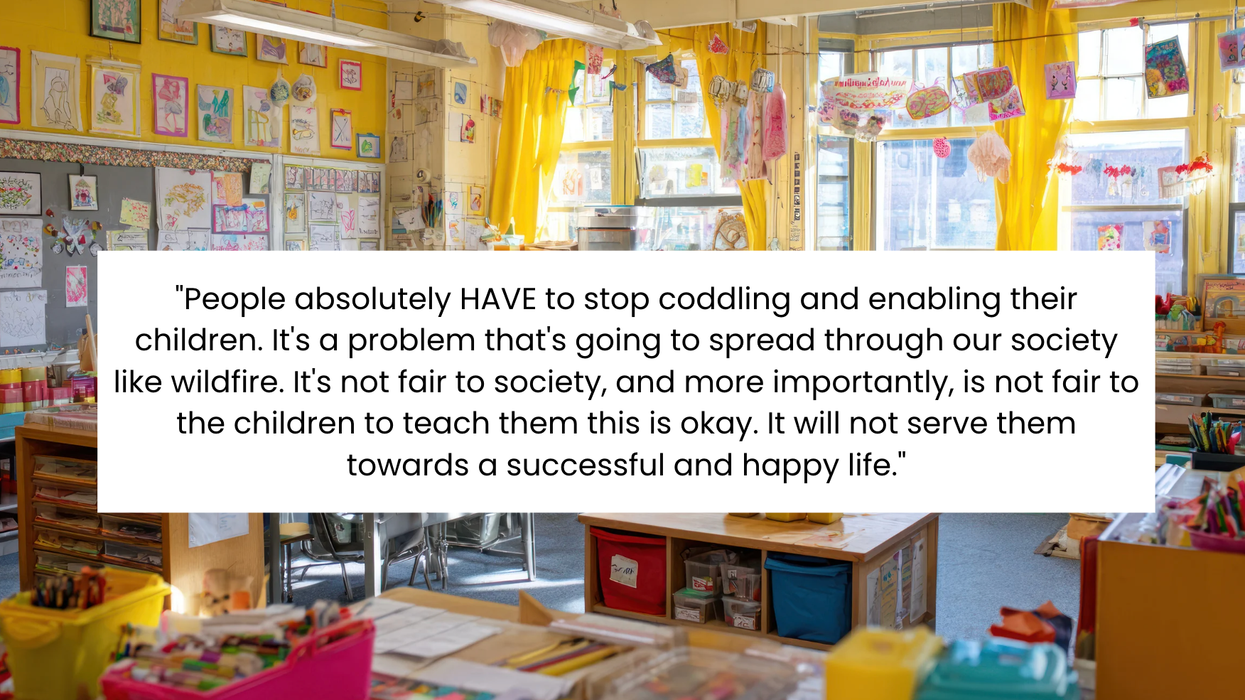
 A real estate agent talks with a young coupleCanva
A real estate agent talks with a young coupleCanva A frustrated school teacher takes a breakCanva
A frustrated school teacher takes a breakCanva A young girl plays around in her messy roomCanva
A young girl plays around in her messy roomCanva
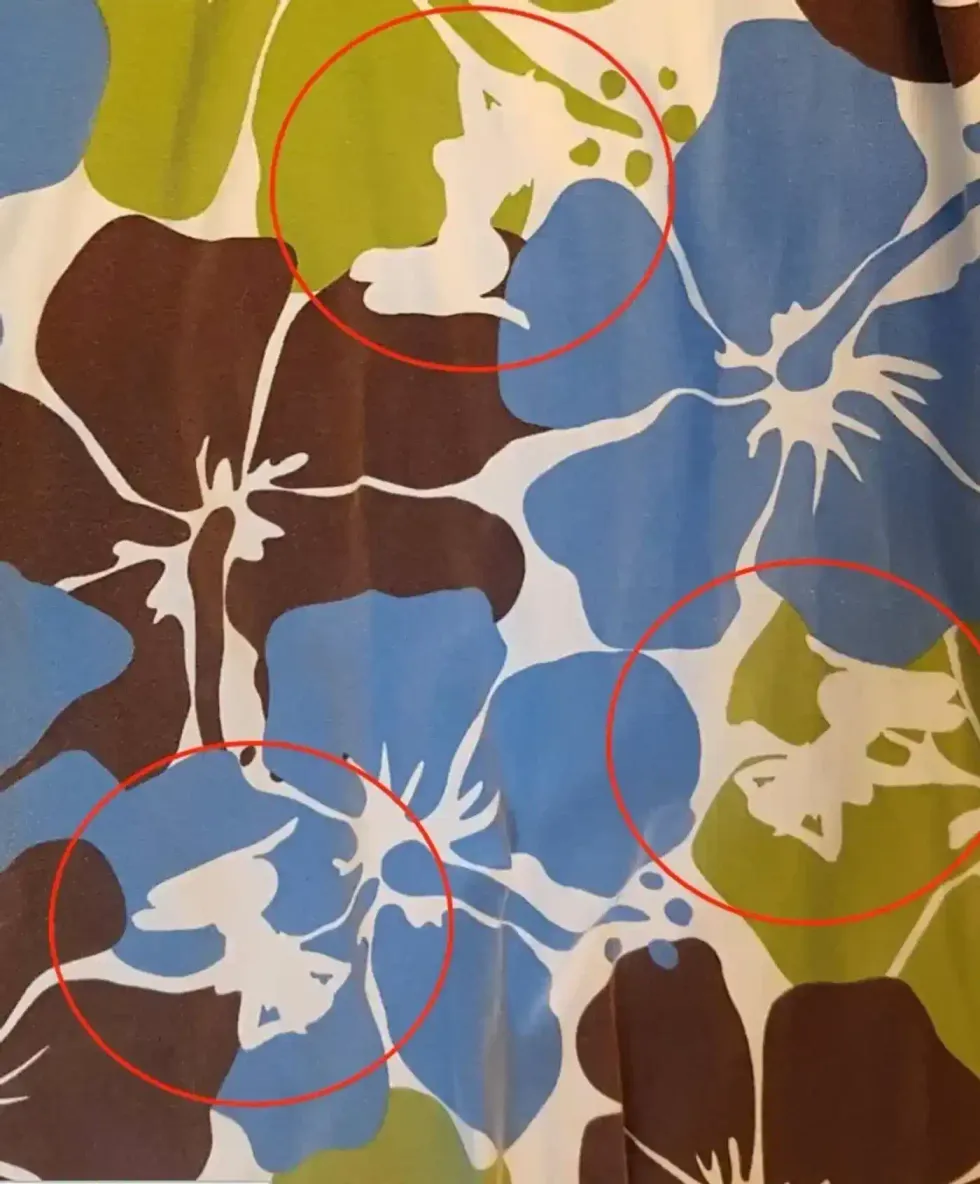 Image of the floral dress with the risque images circled
Image of the floral dress with the risque images circled 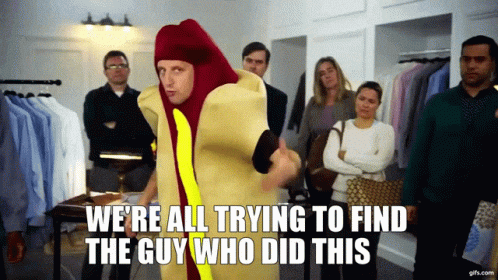 Gif of Tim Robinson via
Gif of Tim Robinson via